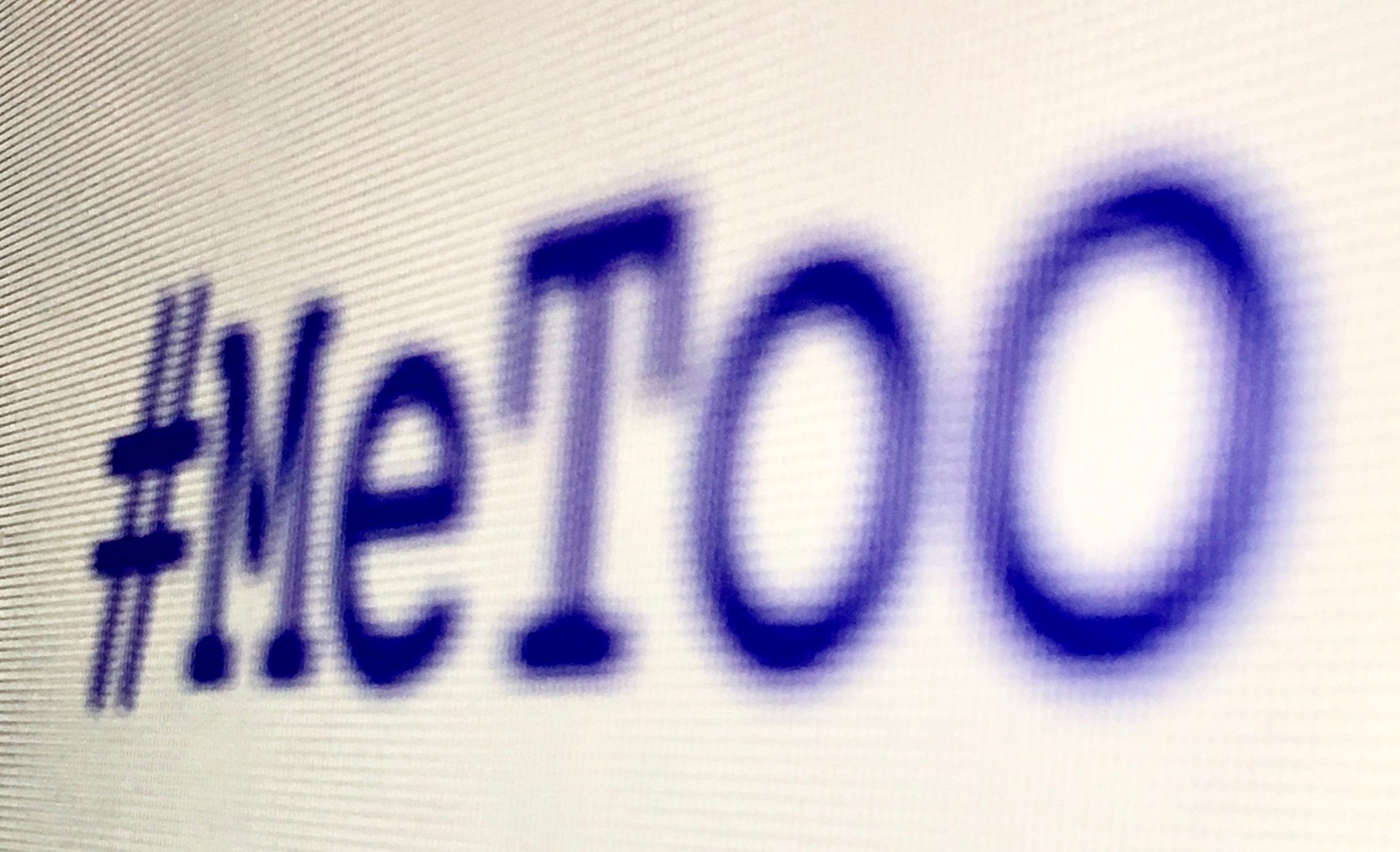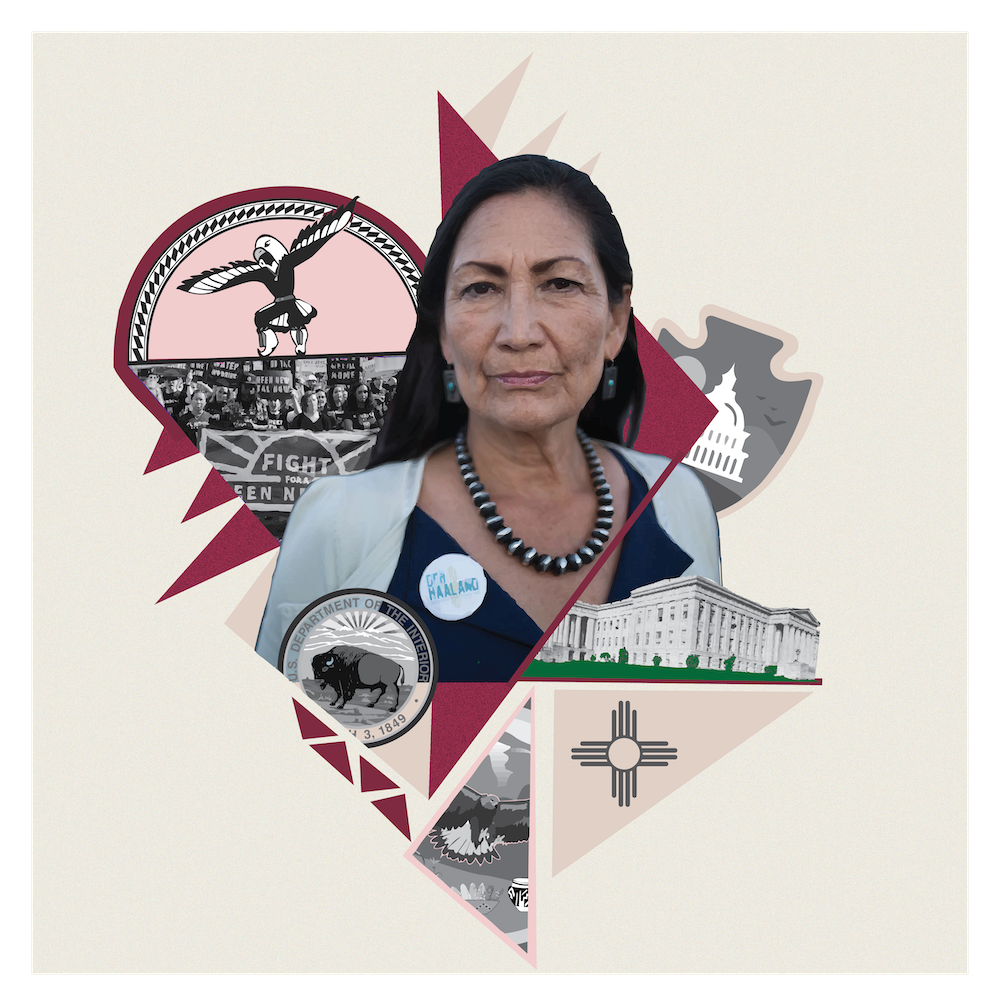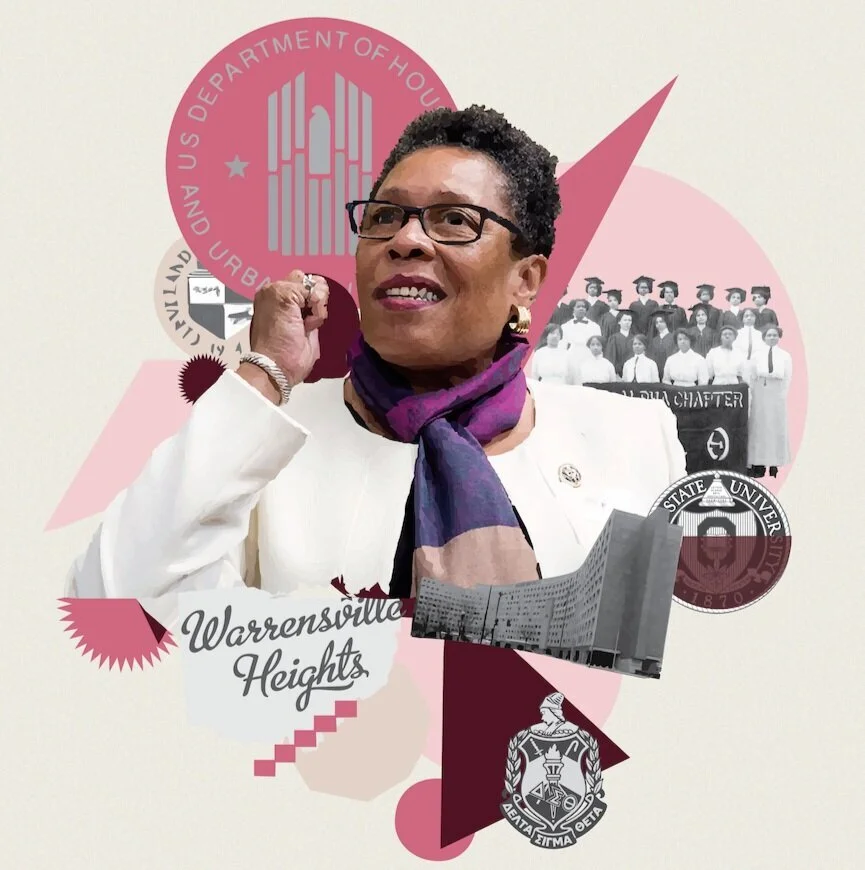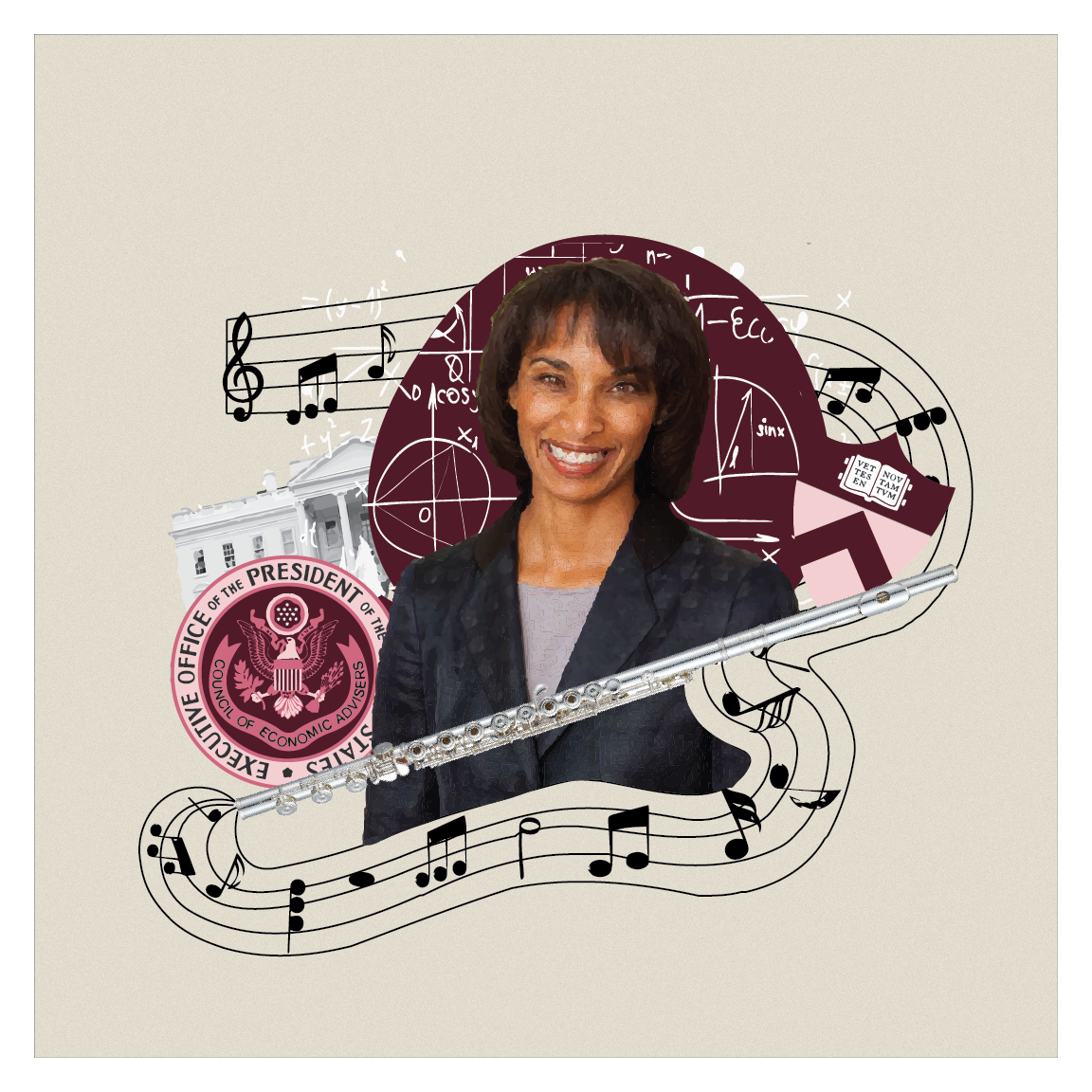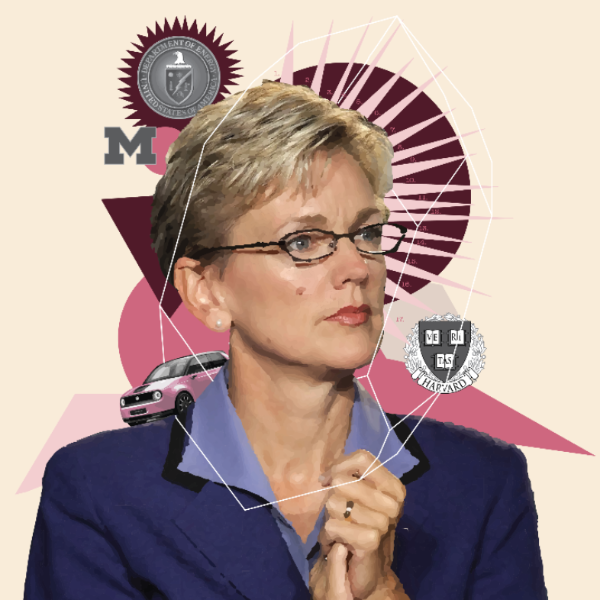It was a year ago this month that journalists Jodi Kantor and Megan Twohey published their blockbuster New York Times story about movie mogul Harvey Weinstein and decades of sexual assault and harassment claims made against him. The women who spoke on the record — including actress Ashley Judd, among many others — magnified a movement started 12 years earlier by organizer and sexual assault survivor Tarana Burke building on the foundation of the V-DAY movement to end the silence and end violence against women and girls that Eve Ensler launched 20 years ago.
Yet the violence, sexual assaults, and harassment continue despite having been exposed in every sector of life and work. But what is beginning to change is the ways in which the media is reporting it.
The Women’s Media Center research took a close look at the press coverage five months before and in the 10 months that followed the Weinstein revelations and the rise of #MeToo.
A new report from the Women’s Media Center looks at the specific impact of #MeToo by analyzing media coverage before and after the #MeToo movement eruption a year ago. It’s an important read because there is very little research documenting media coverage of sexualized violence available today.
“The #MeToo movement has revealed previously hidden patterns of sexual harassment, wage discrimination, and hiring policies that excluded and intimidated women,” WMC president Julie Burton observes. By exposing these systemic injustices, “we see an opportunity for a new transparency and permanent changes aimed at greater equality and power for women. We at the Women’s Media Center focus on media coverage because of its profound impact in telling society who has power and what matters.”
Coverage of sexual violence has increased
It’s not surprising that coverage of sexual assault and harassment increased last year. The New York Times alone published over 155 articles in October 2017 mentioning Weinstein’s name in the context of sexual assault accusations. And as other powerful men in Hollywood and in media were called out, newspapers began covering sexual assault in earnest. The most positive finding in the WMC report is that coverage of sexual harassment and sexual violence remains higher today than before #MeToo. In May 2017, there was an average of 24 headlines per day about sexual assault, harassment, rape, groping, etc. At the end of the study (in August of this year), that number had risen to 31 stories per day.
Women’s bylines have also increased
Courtesy of The Women’s Media Center
Every year, the Women’s Media Center files a report on the media gender gap. According to its most recent findings, women had close to 40 percent (or less) of bylines for stories on all topics across top US newspapers in 2017. In the five months before the #MeToo movement, women’s bylines on sexual assault stories made up just 45 percent, while men’s names appeared on 55 percent. In comparison, after October 2017 women’s bylines were on 48 percent of sexual assault stories.
The Women’s Media Center report suggests that this small uptick might mean that women writers are pushing harder to cover these issues or that editors are assigning more of them to women. This is important because of what we know about how the gender of a writer affects the way in which these stories are told. Male writers tend to focus on the perpetrators. Women writers focus on the survivors. According to the 2015 WMC report on how newspapers were reporting on rape on college campuses, “women journalists interviewed alleged victims more often than male journalists, and a higher proportion of women journalists wrote about the impact of the alleged attack on alleged victims.”
Where media (and Hollywood) falls short
Even as women journalists’ voices become more prevalent and survivors increasingly speak up, media outlets often lag behind when it comes to amplifying the #MeToo movement and, perhaps more importantly, addressing the gender inequity underlying these abuses of power. This is particularly true in Hollywood, as writer Sophie Gilbert summarized in a fantastic piece last week in the Atlantic. Gilbert observes that “the tangible achievements one year into the #MeToo movement need to be considered hand in hand with the fact that the stories being told haven’t changed much at all, and neither have the people telling them.”
The WMC report also found room for improvement in news coverage, especially when it comes to reporting on sexual assault outside of Hollywood where the perpetrators and survivors are not famous, and in reporting on itself. Among the categories studied — Hollywood, media, politics and the church — media had the fewest number of stories overall when it came to sexual harassment and assault in the newsroom.
Moving forward, the Women’s Media Center challenges news outlets and journalists to:
Use precise and empowering language — use “survivor” rather than “victim” and distinguish words like “harassment” from “assault” based on clinical definitions and formal charges, rather than selecting one arbitrarily.
Create a specific journalist beat or section area for sexual assault and harassment of women, and train journalists on how to cover and investigate these kinds of stories sensitively.
Think carefully about which cases your media outlet is choosing to cover, and which it is ignoring. Why is it that Hollywood has been covered the most? How can the media give a broader voice to those who do not yet have it?
Understand the impact that media coverage makes on societal perceptions of issues like sexual assault and wield this power with thought and care.
Build inclusive newsrooms.
“Without inclusive newsrooms, women’s stories, and especially the stories of women of color and other under-represented groups, are missing from the conversation,” said WMC board member Erica Gonzalez. “This report highlights how cultural shift begins to be possible when women are given the opportunity to share their stories.”
Tarana Burke’s website, MeToo Movement, is rolling out new resources and videos this week to mark the one year anniversary and she will be speaking at this year’s TEDWomen conference in November. Earlier this month, Burke told Jezebel’s Katie McDonough that although the “level of awareness has grown exponentially” over the past year, she’d like to see the conversation become deeper, more nuanced and more productive in Year Two.
“The conversation about sexual violence, in general, is expanding. We have never really had a national conversation about this. …But on the flip side, there hasn’t been enough of the right kind of conversation, if you will. There hasn’t been enough conversation about the needs of survivors, of what people actually need. Solutions. It’s been mostly about perpetrators. That has been really difficult, I think. But I could not have asked for, I could not have paid for, the kind of publicity and exposure that has been brought to this work. So, I take the good with the bad.”
Let’s make Year Two of #MeToo one in which the media begins to do more of the good work of exposing unchecked privilege and power wherever it exists and balancing the stories of perpetrators, particularly high profile ones, with stories of what breaking the silence means for survivors.
As Burke says, “We see you. We hear you. We believe you.”
Onward,
Pat

